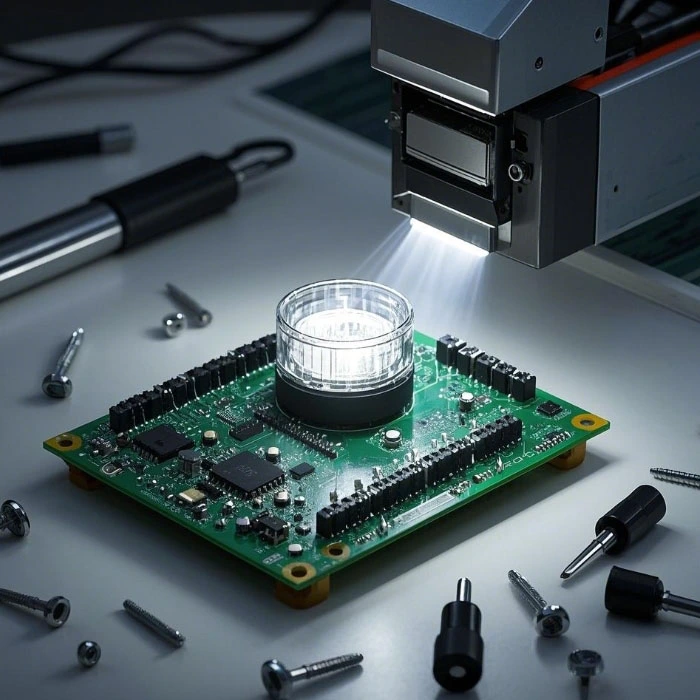The Importance of Auto Headlight PCBA in Modern Vehicle Lighting Systems
2025-02-17
Auto headlight PCBA (Printed Circuit Board Assembly) plays a crucial role in vehicle lighting systems. Modern headlights, whether halogen, LED, or adaptive, rely heavily on PCBAs to regulate power, control lighting patterns, and ensure safe operation. Understanding the importance of these components and how they work can give us insight into why cloning a headlight PCBA is not only a complex task but also a valuable skill in the automotive electronics world.
The Role of PCBA in Auto Headlights
Headlight PCBs are the brains of the lighting system. They manage the power distribution and communication between various components, such as LEDs, resistors, capacitors, and microcontrollers. These PCBs are designed to ensure that the headlight operates efficiently and safely, adjusting light intensity, angle, and sometimes even direction based on sensor inputs.
In more advanced systems, such as adaptive headlights, the PCBA also interfaces with sensors to adjust the beam angle according to the vehicle's speed, steering, and road conditions. This level of complexity requires a deep understanding of electronics to successfully replicate the board.
Cloning Auto Headlight PCBA - Why and How?
Cloning a PCBA from a headlight is primarily done to either repair a damaged headlight or create custom lighting solutions. The first step in the cloning process is to study the original design. You’ll need to document the type of components, their positions, and how they interact within the circuit.
Once the design is captured, it’s important to create an accurate schematic of the circuit. From this schematic, you can start designing the new PCB layout using software tools like Altium Designer or KiCad. The goal is to match the functionality of the original board as closely as possible.
Testing is an important part of the process. Since headlights are subject to various environmental stresses, ensuring that the clone is resistant to vibration, moisture, and temperature fluctuations is crucial.
Advantages of Cloning Auto Headlight PCBAs
- Cost-Effective Repairs: Cloning PCBs for headlights can be a cost-effective way to repair or replace damaged parts, especially if the original components are hard to find.
- Customization: If you're building a custom vehicle or modifying an existing headlight system, cloning can allow for tailored solutions that meet specific needs.
- Learning Experience: For electronics enthusiasts, cloning a headlight PCBA is an excellent way to gain hands-on experience with PCB design, automotive electronics, and lighting systems.
Challenges to Keep in Mind
- Component Matching: When cloning, it’s essential to find equivalent components for the original design. Some components used in headlights may be specialized or difficult to source.
- Environmental Resistance: Auto headlights are exposed to a range of harsh conditions, so it’s important to design the PCB to withstand high temperatures, moisture, and mechanical stress.
- Legal Restrictions: As with any form of reverse engineering, cloning a PCBA may raise intellectual property concerns. Always ensure that your project complies with relevant laws and patents.
The role of PCBA in modern vehicle headlights is indispensable, managing everything from basic power distribution to advanced adaptive lighting. Cloning an auto headlight PCBA is a technical challenge that requires careful attention to detail and a strong understanding of PCB design. Whether you’re looking to repair a broken headlight or embark on a custom project, understanding the intricacies of the PCBA and the cloning process will ensure success and a deeper appreciation for automotive electronics.



